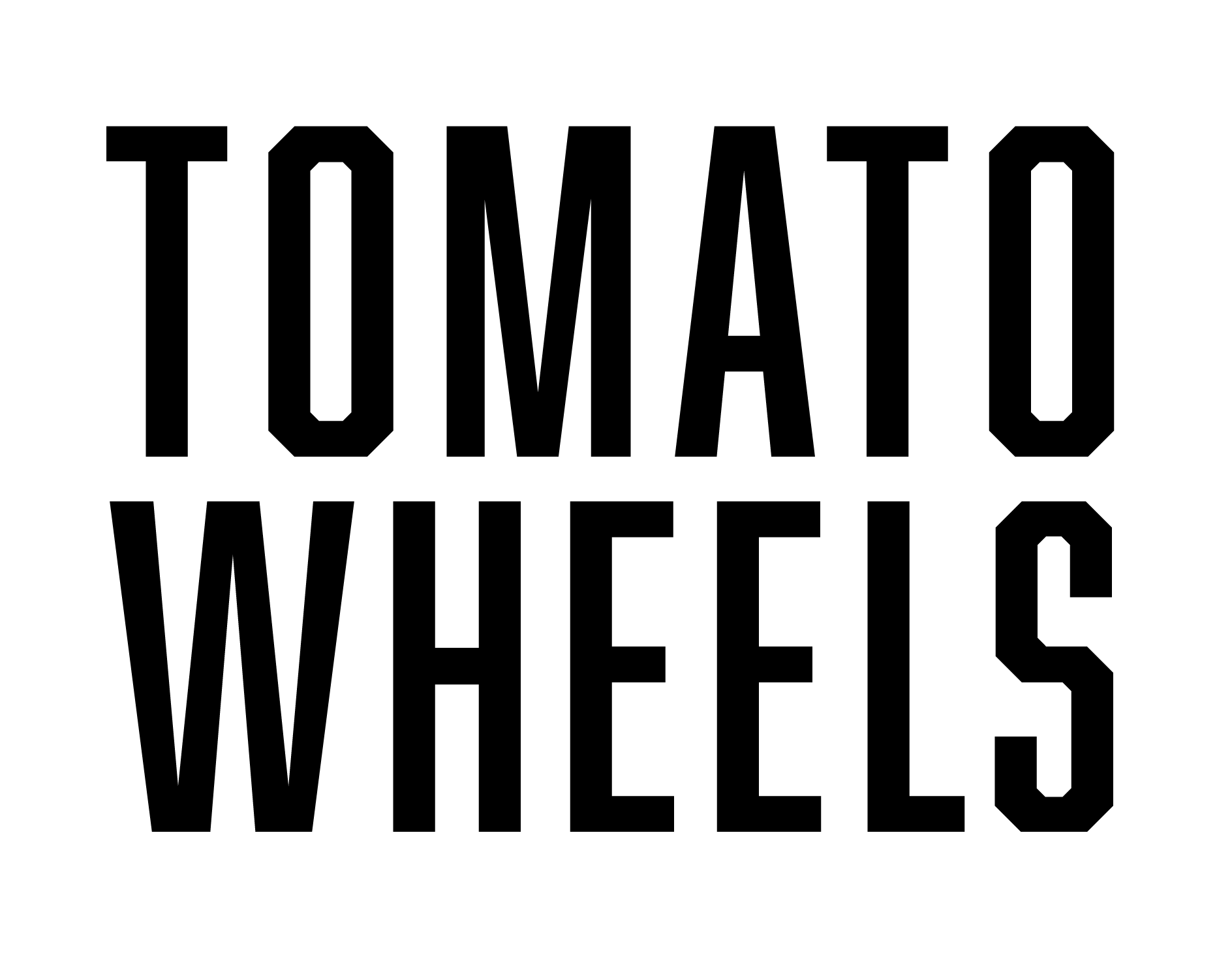Debunking the Myths
If you're a fan of vibrant, refreshing drinks, you've likely encountered both Lambrusco wine and Sangria. They both offer a festive vibe, yet they are very different in nature. In this post, we'll explore what sets these two beverages apart, and why they each have their own unique appeal. Whether you're a wine enthusiast or just curious, read on to learn the key differences between Lambrusco and Sangria.
What is Lambrusco?
Lambrusco is a sparkling red wine from Italy’s Emilia-Romagna region. Known for its natural effervescence, this wine is made primarily from the Lambrusco grape. Traditionally, Lambrusco was available in a range of styles—from dry and crisp to slightly sweet and fruity. Its vibrant flavors, which often include notes of cherries, blackberries, and even subtle floral hints, make it a versatile choice for many occasions.
Once misunderstood in North America as a syrupy, overly sweet drink (thanks to mass-market versions in the 1970s), Lambrusco has undergone a modern revival. Today, you can find high-quality, artisanal Lambrusco that truly reflects its Italian heritage, offering a balanced and refreshing sparkling red wine experience.
What is Sangria?
Sangria, on the other hand, is a punch-style beverage that originated in Spain and Portugal. Unlike Lambrusco, Sangria is not a type of wine but rather a cocktail made by mixing wine—often red, but sometimes white—with a medley of fresh fruits, spices, and a splash of spirits such as brandy. Served chilled over ice, Sangria is the ultimate party drink, celebrated for its customizable, fruity flavors and refreshing nature.
While there's no single recipe for Sangria, you'll typically find it bursting with citrus, berries, and other seasonal fruits. The addition of spices and sometimes a touch of sweetener creates a drink that's both lively and adaptable, making it a favorite at summer gatherings and festive events.
Key Differences: Lambrusco vs. Sangria
Let’s break down the major differences between these two beverages:
Composition
- Lambrusco Wine: A naturally sparkling red wine made exclusively from the Lambrusco grape.
- Sangria: A cocktail that starts with a base of wine and is enhanced with fruits, spices, and additional spirits.
Taste Profile
- Lambrusco: Offers genuine fruit-forward flavors like cherry, blackberry, and plum, along with a hint of natural acidity and refreshing bubbles.
- Sangria: Bursts with mixed fruit flavors and added sweetness from the fruits and other ingredients, making it a more complex, layered beverage.
Sparkling Nature
- Lambrusco: Naturally sparkling (frizzante or spumante), which gives it a crisp, bubbly texture.
- Sangria: Typically still, though sometimes a splash of soda or sparkling water is added for effervescence.
Origin
- Lambrusco: Hails from Italy, deeply rooted in the Emilia-Romagna winemaking tradition.
- Sangria: A Spanish and Portuguese creation, evolving over centuries into a popular party punch worldwide.
Can You Turn Lambrusco into Sangria?
While Lambrusco and Sangria are not the same, there's no rule against experimenting. Some creative mixologists have taken a bottle of dry, high-quality Lambrusco and transformed it into a Lambrusco-based Sangria by adding fruits, citrus, and even a splash of brandy. This hybrid drink combines the natural sparkle of Lambrusco with the festive, layered flavors of Sangria—offering the best of both worlds.
Final Thoughts: Enjoying the Best of Both Worlds
In conclusion, Lambrusco and Sangria are two distinct beverages that cater to different tastes and occasions. Lambrusco is a traditional Italian sparkling red wine with a refreshing, fruit-forward profile, perfect for those who appreciate the nuances of fine wine. Sangria, on the other hand, is a customizable cocktail that turns any gathering into a celebration with its vibrant mix of fruits and spices.
Next time you’re at the wine store or planning a party, remember: while they might look similar on the surface, Lambrusco and Sangria offer very different drinking experiences. Explore each one to find out which suits your palate—and don’t be afraid to experiment with a Lambrusco-based Sangria for a unique twist!
RULES WE LIVE BY.
Great company, good food and a bottle of Tomato Wheels. Drink Lambrusco—if you know what’s good.

